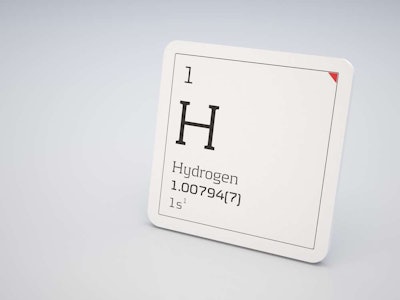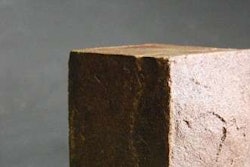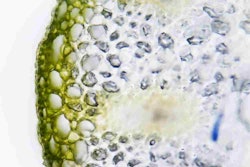

According to ScienceDaily, two researchers have discovered that the mechanism that allows for a metal’s pliability, or ability to be shaped or molded, attracts hydrogen atoms, an element known to make metals more brittle and prone to failures over time.
The hydrogen-induced problem has been known since about 1875 however, scientists have yet to fully understand the problem or formulate a model for predicting when metal embrittlement might occur. For obvious reasons, this can make the job of an industrial designer very difficult.
But Jun Song, an Assistant Professor in Materials Engineering at McGill University, and Professor William Curtin, Director of the Institute of Mechanical Engineering at Ecole Polytechnique Federale de Lausanne in Switzerland, say they have created such a model.
The researchers explain that a metal’s pliability is accomplished by “micro-sized” cracks or “dislocations” formed as atoms shift around. The shifting is how metal can be re-formed. However, when the shifting is blocked over a period of time by hydrogen atoms attracted to the cracks, the metal fails.
The researchers have created computer models illustrating how this atomic shift takes place and have had success in predicting the embrittlement of a variety of ferritic iron-based steels.









